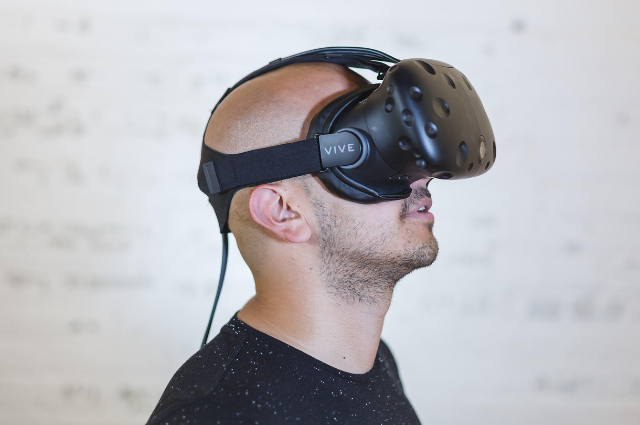
One of the most striking characteristics of today’s youth is their increasing gap from their previous generation in terms of development, growth, and adaptation. The current change has been too rapid, and it has indeed instilled a sense of distance. Be it social awareness, political radicalism, emotional well-being and addressal, personality or character growth, or redefining norms and adaptability to rapidly transforming technology, the youth is ready for anything and everything. As much as this is an advantage, it is also a drawback. But it cannot solely be acknowledged on their behalf. The social changes they have witnessed are greater than the gradual series. If it establishes a better position for them, it also somehow hinders the connection between generations.
One of these rapidly changing environments has been forged by the introduction of immersive computing in the digital and technological aspects. As much as one might be familiar with its physical functions, one might fail to associate it with its actual meaning. Thus, it becomes important to define immersive computing first. It refers to the technologies that bring a blend of physical reality and virtual reality, including advancements such as Virtual Reality (VR), Augmented Reality (AR), and Mixed Reality (MR). According to Draw and Code, “this technological advancement promises to offer experiences that could previously only be imagined, allowing for more natural, intuitive user interactions with digital content.”
But what does this have to do with the youth? A very valid question. The mind of the youth is designed to rapidly adapt to the emerging technological evolutions, making them the most excited and interactive audience. One way of looking at this change is not just technological or digital but also social, individual, and personal. In the way it has established itself as an interactive niche in every field is partly one of the major reasons it has to be welcomed. What once was an imagination is now an interaction, not in the concrete presence of physical reality, but in the surface and intersection of invisible screens.
This is not just a mere blending of reality but the very extension of reality into an imaginative reality. The only difference is that this imagination has a specific view and vision. But the point of having an imagination has been completely different and opposite. An imagination is not supposed to have a fixed view or vision. It is flexible and capable of changing. As much as this technology makes reality flexible itself, it also changes the very meaning of it. It changes the fixed, and fixes the change.
The youth fall as an immediate target for any sort of change around them. They tend to be indirect glorifications of such change. So, their reality has become an extension. Their interaction with the social space is now an evolution. The definition of reality for them is not what it used to be for those before. With this change, their perception of
reality has changed too, along with the form they might require to accept it. Thus, it doesn’t only become difficult for them to understand the occurrences of their immediate reality, but also becomes a task to understand their reaction to it from the aspect of a generational gap.
It contributes towards an effect of absence from the immediate reality to be present in an extended reality. It is almost a very ironic observation that to emphasize interaction, one has to be absent from reality to be present in a virtual sense. The result is their body adapts to the physical reality while their mind adapts to an extension of imaginative reality. It keeps one at the edge of a very unaware internal conflict. For one cannot be present in a changing space of being. Their mental connections thus differ from physical connections, explaining their incessant desire for escapes and lazy bodies. In essence, their understanding of reality becomes something unfamiliar and unrelatable.
The mutual boundary of understanding has become a bleak sense of alienation. An indulgence in this immersive reality puts the actual reality at risk. Will reality have its presence at all? And will the actuality be accepted into their imaginative minds? These are questions that aren’t yet prepared to be answered. There’s not just a risk of reality but also imagination. This immersive element tends to drain the youth of their power of fancy, giving their imagination the face of extended reality. The absence doesn’t pose a threat to the understanding of reality, but also to the dissociation from physical connectivity and relevance.
Advancement of technology has always been questioned for its effects on changes that hinder the existence of rationality. A connection between generations is not a setback but a chance at understanding acquired history to change the knowledge that will be acquired. Yet, this connection is on the verge of being diminished among the youth at the hands of immersive computing.
